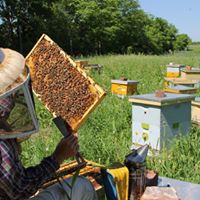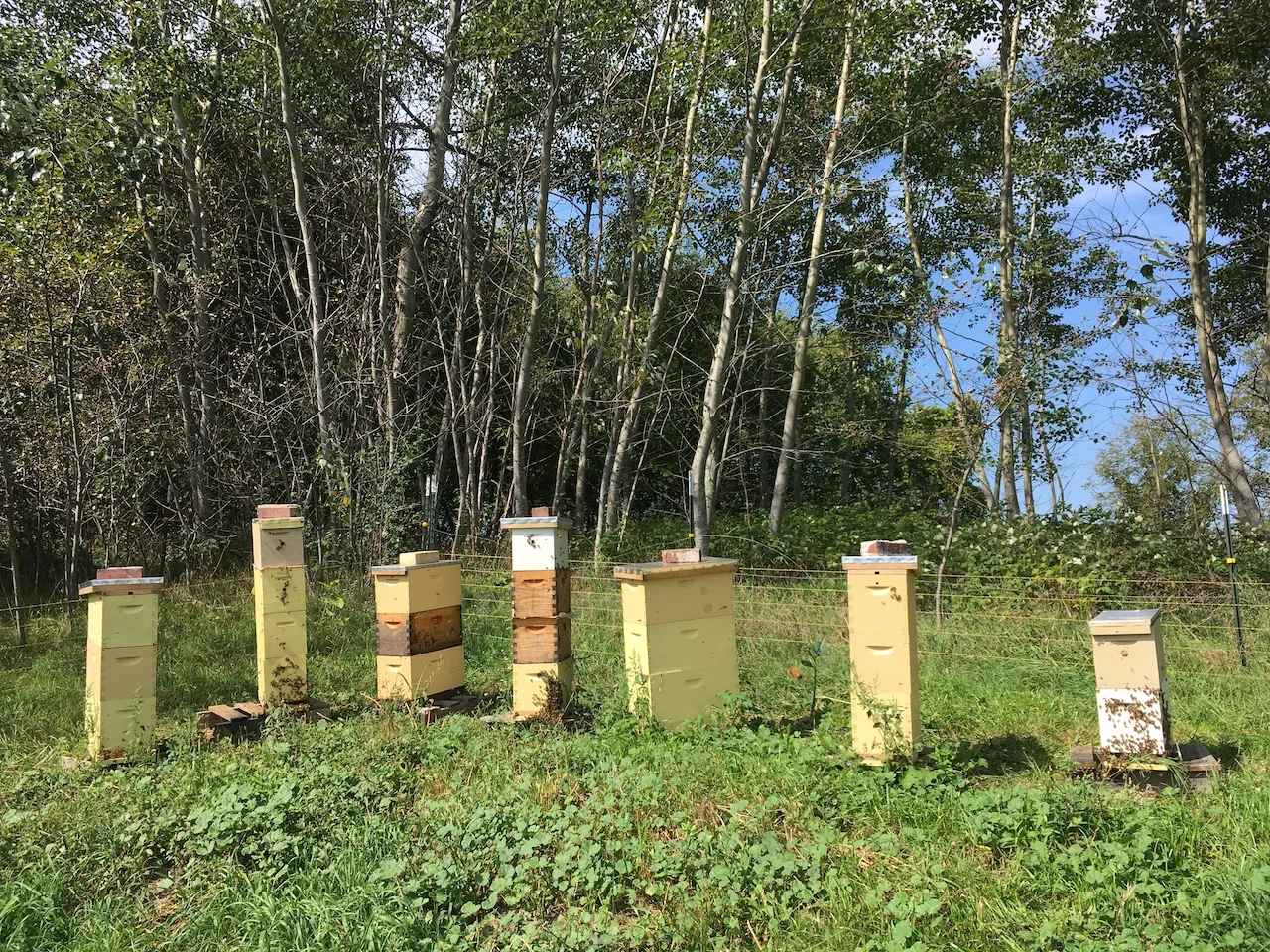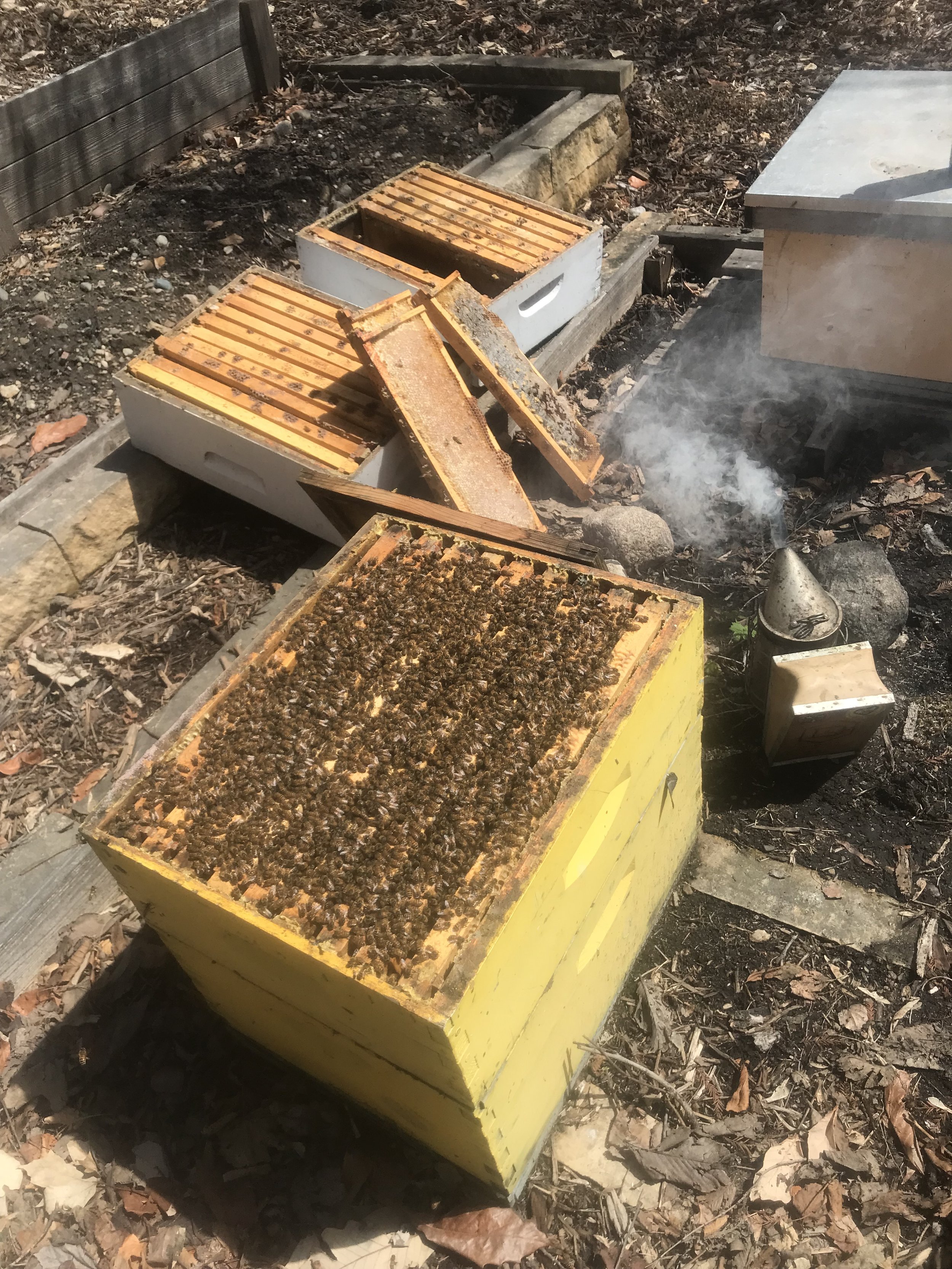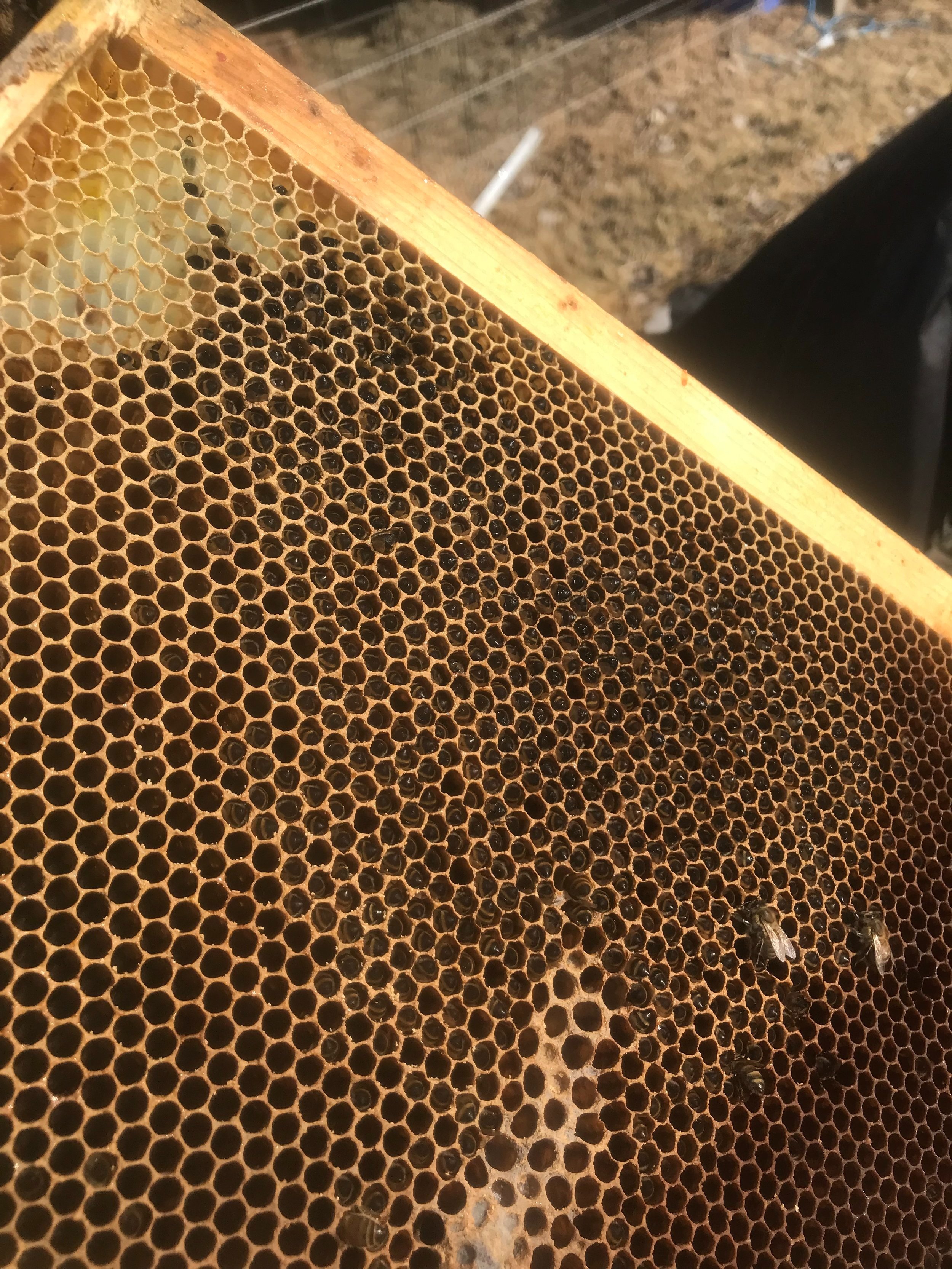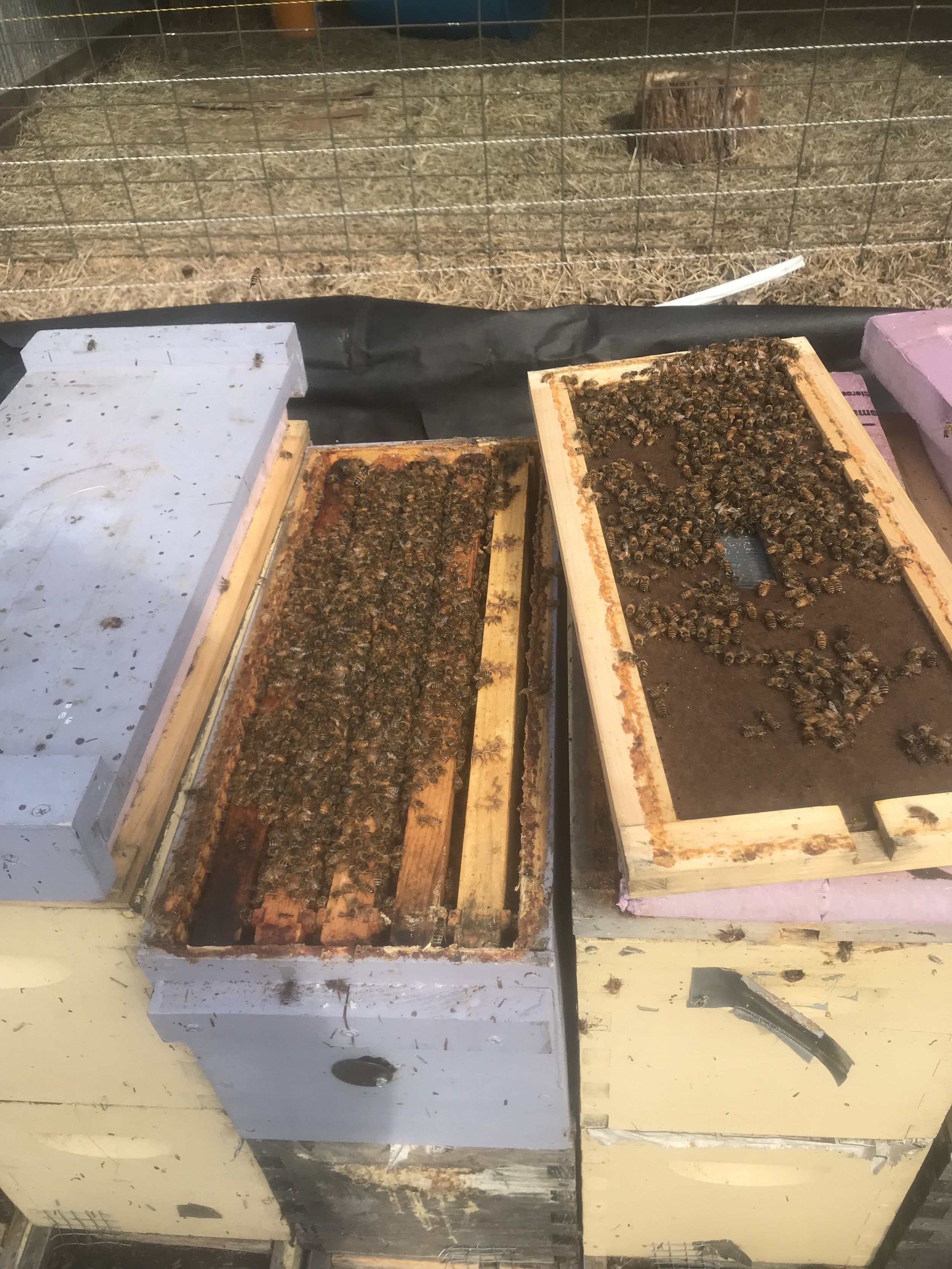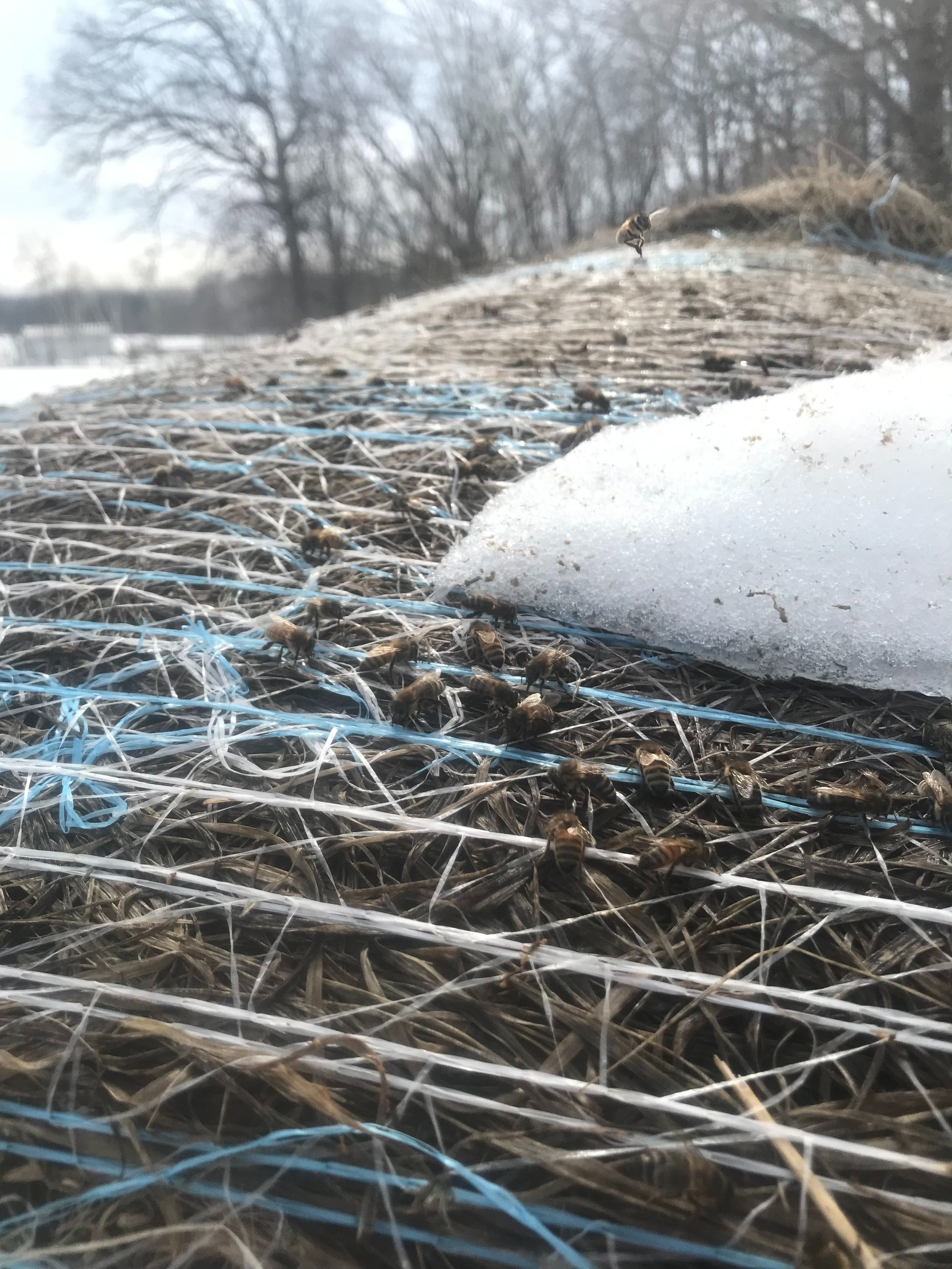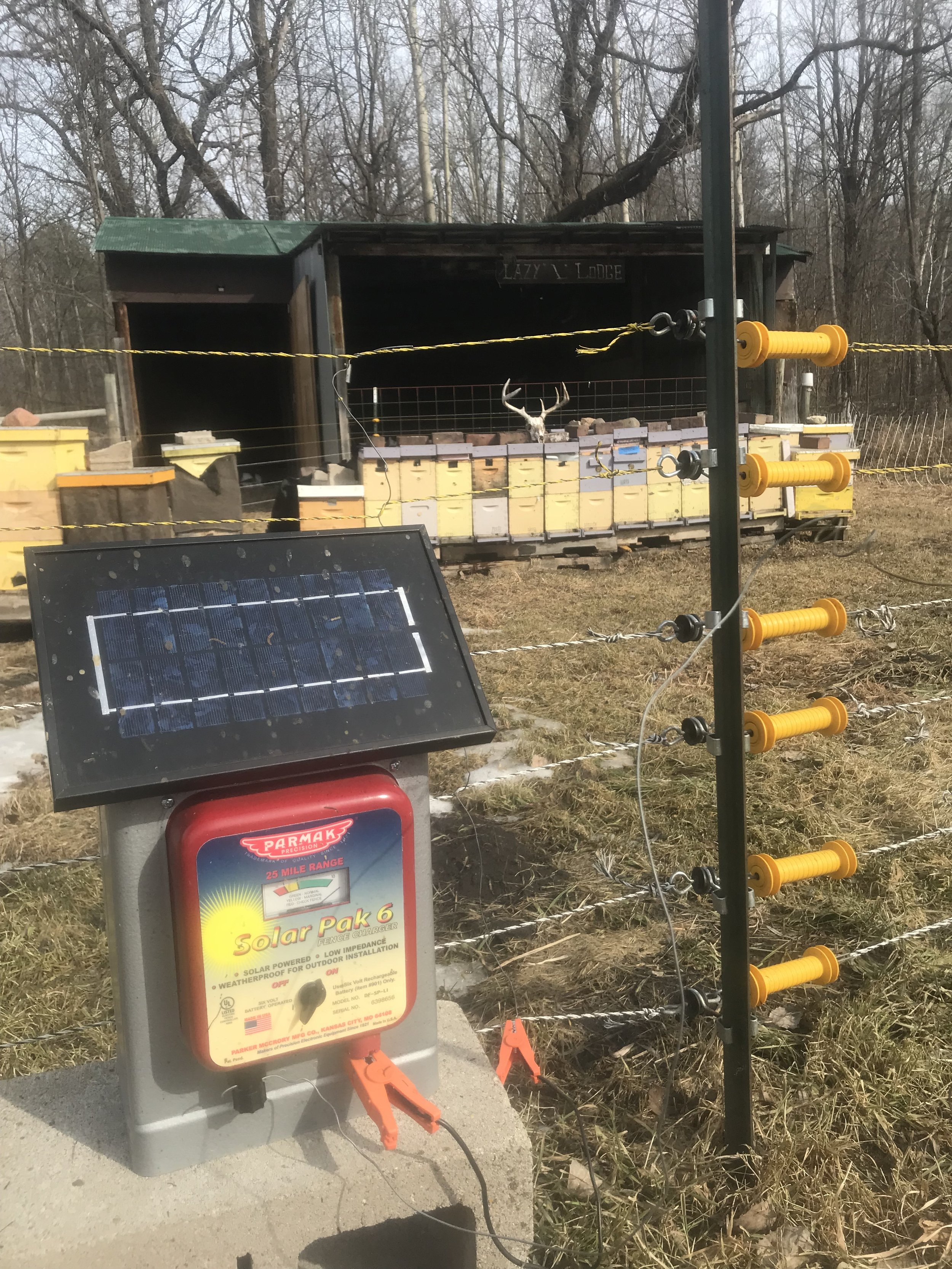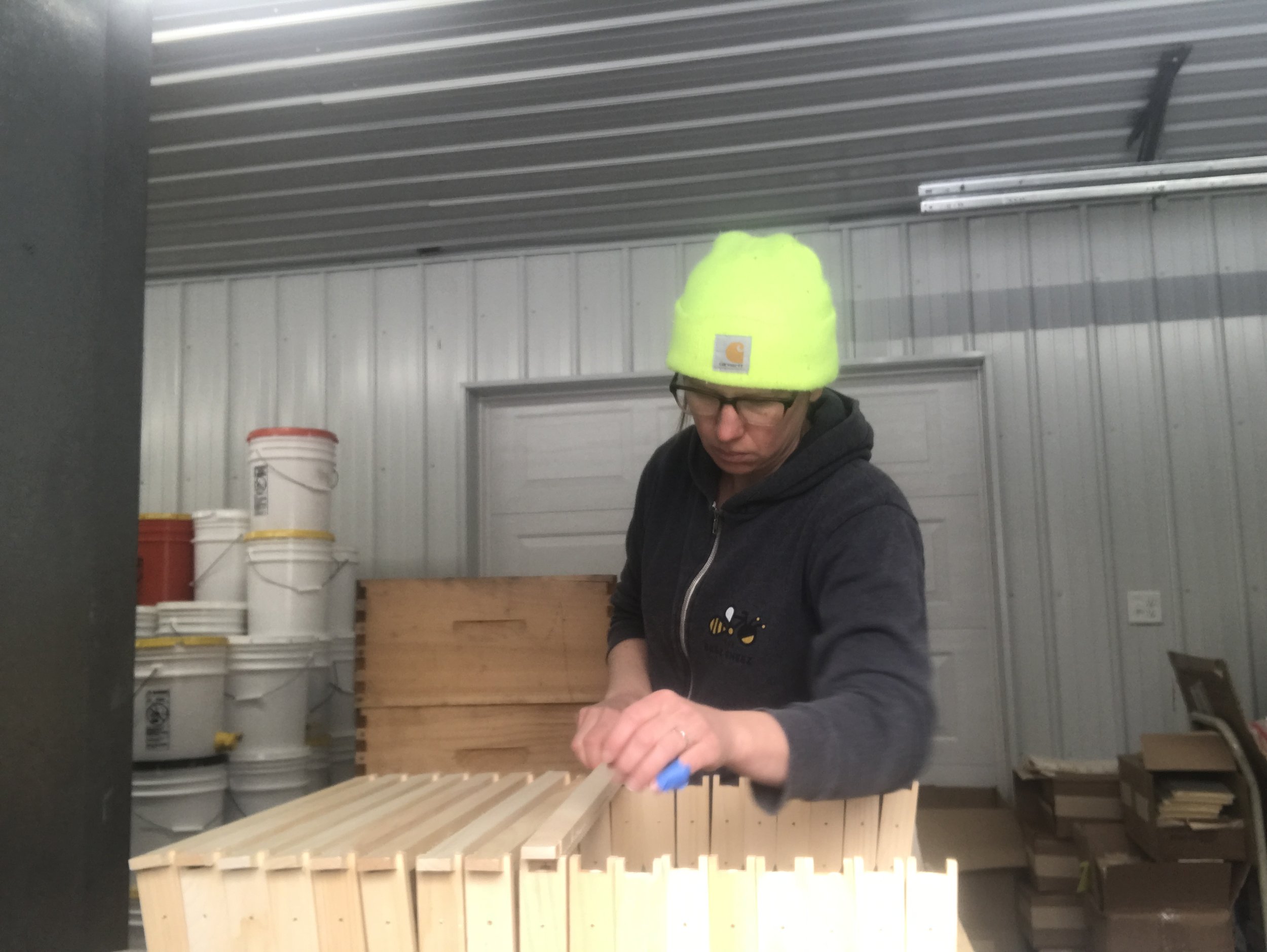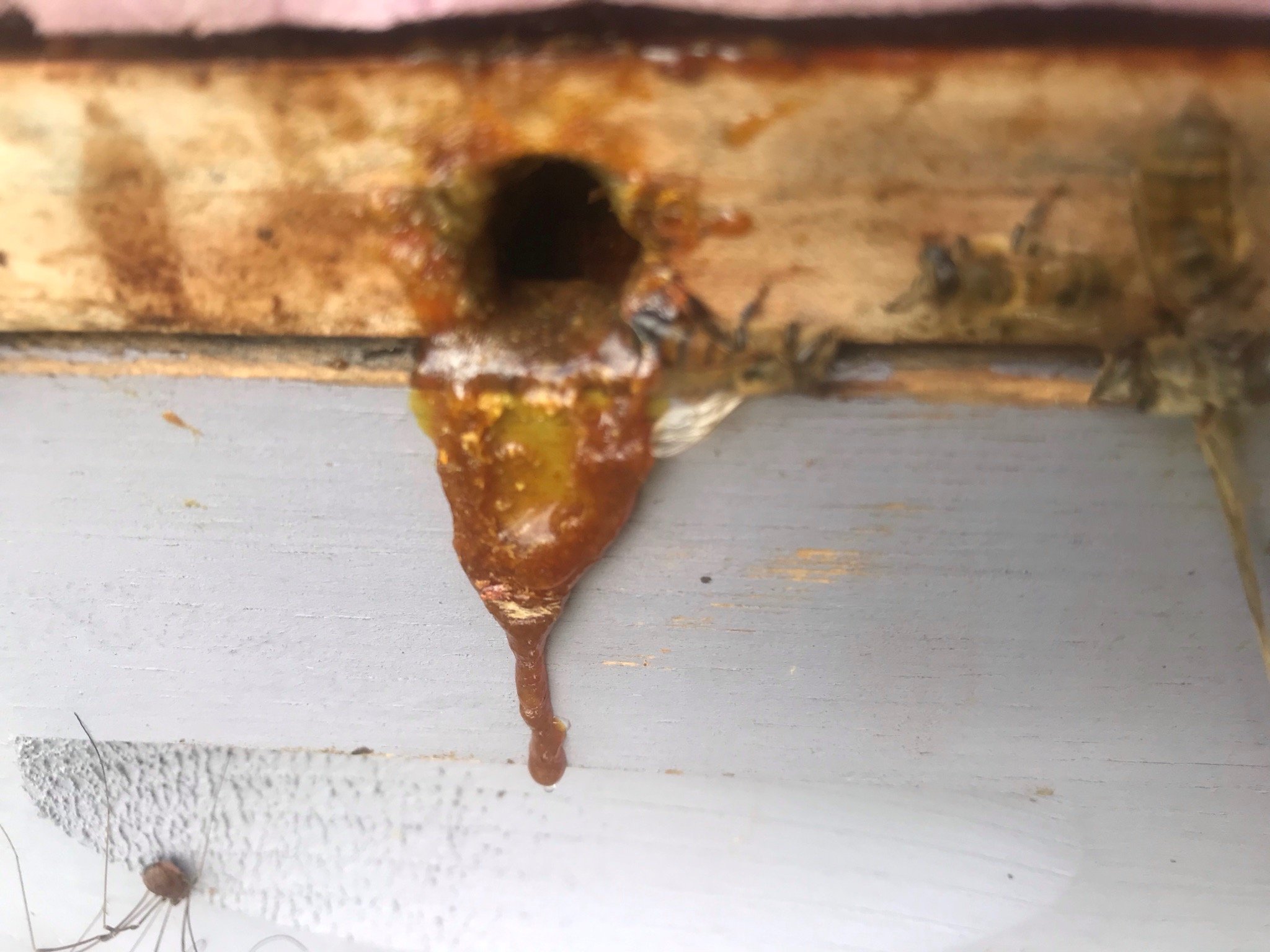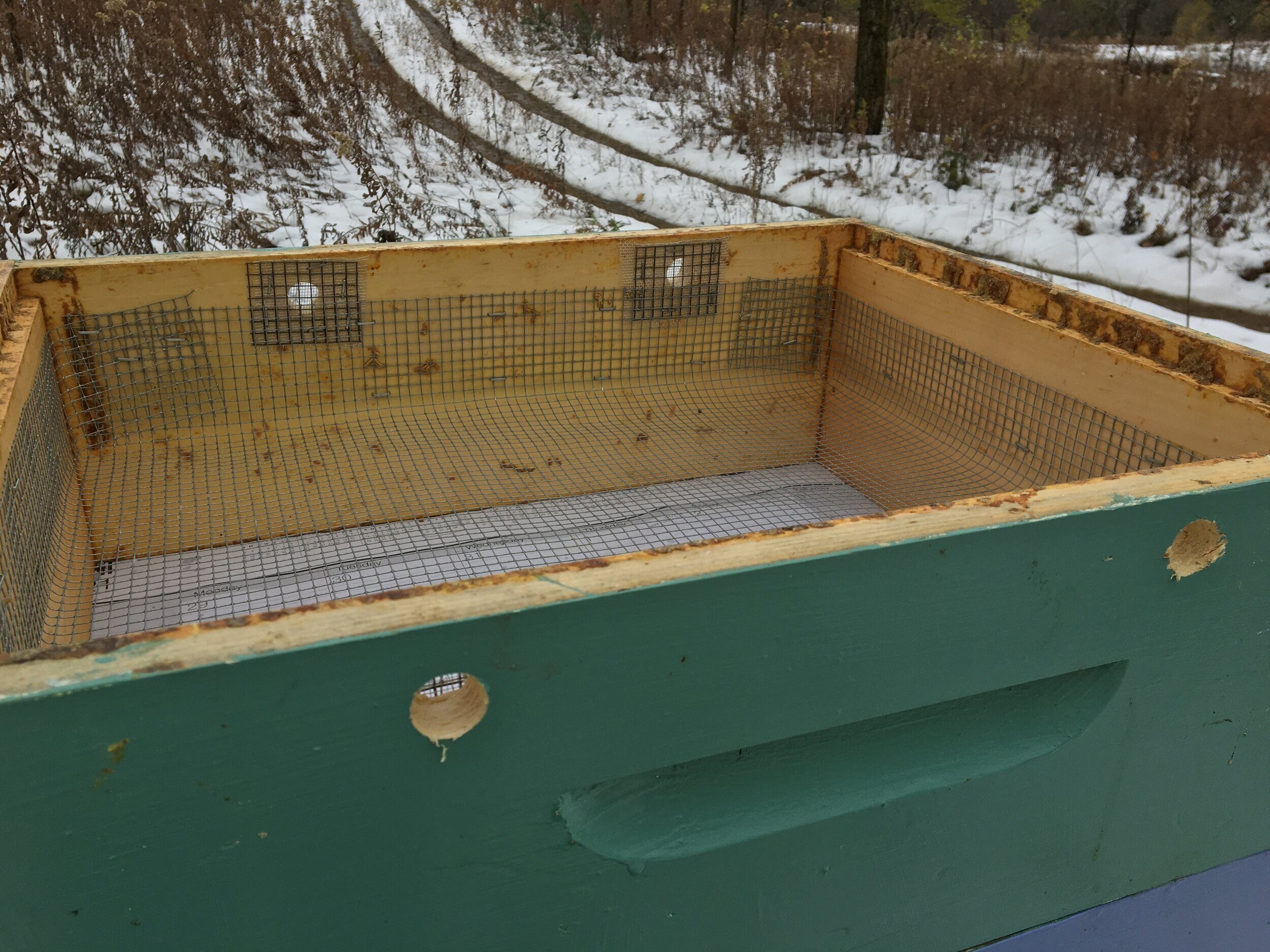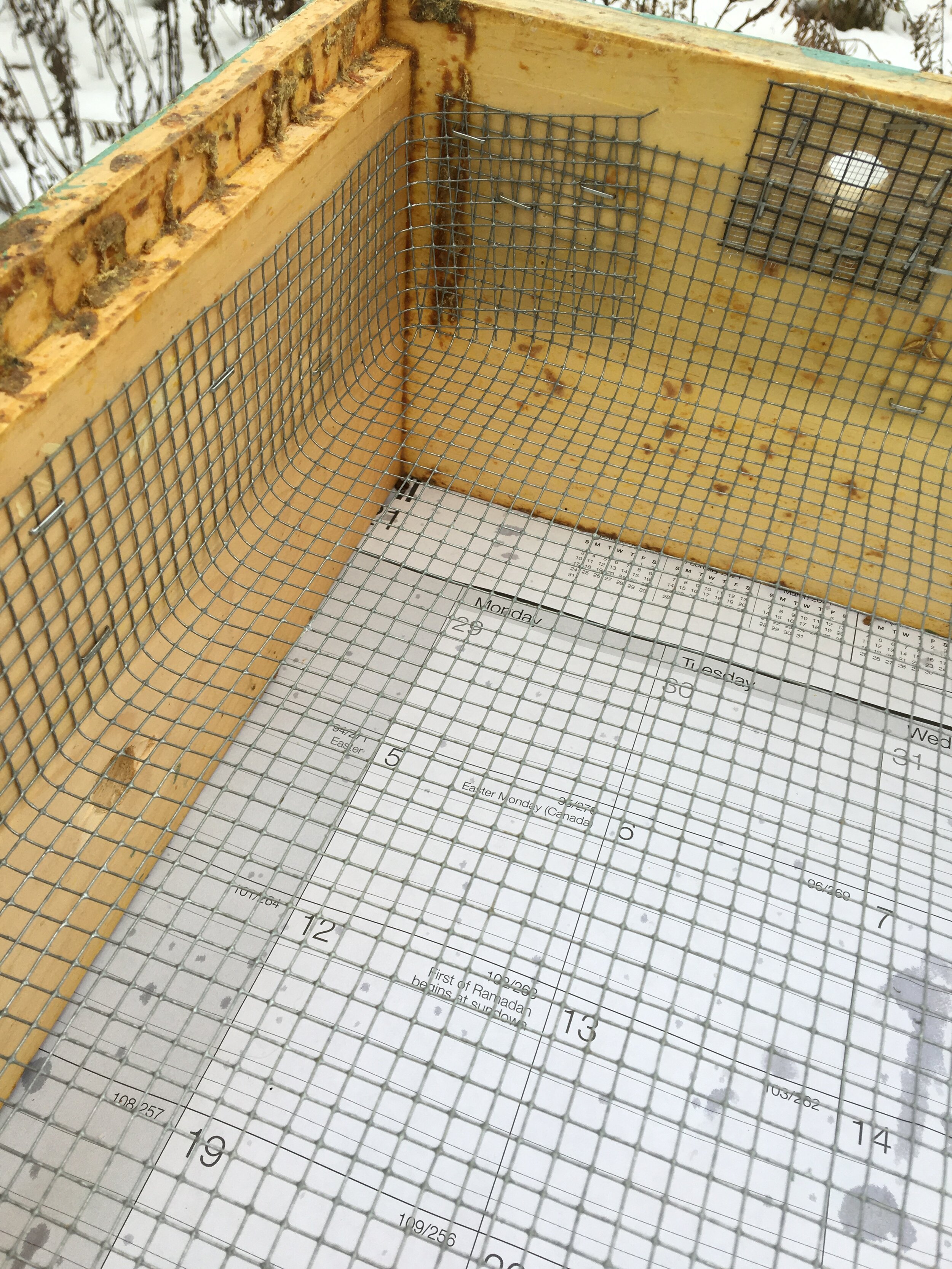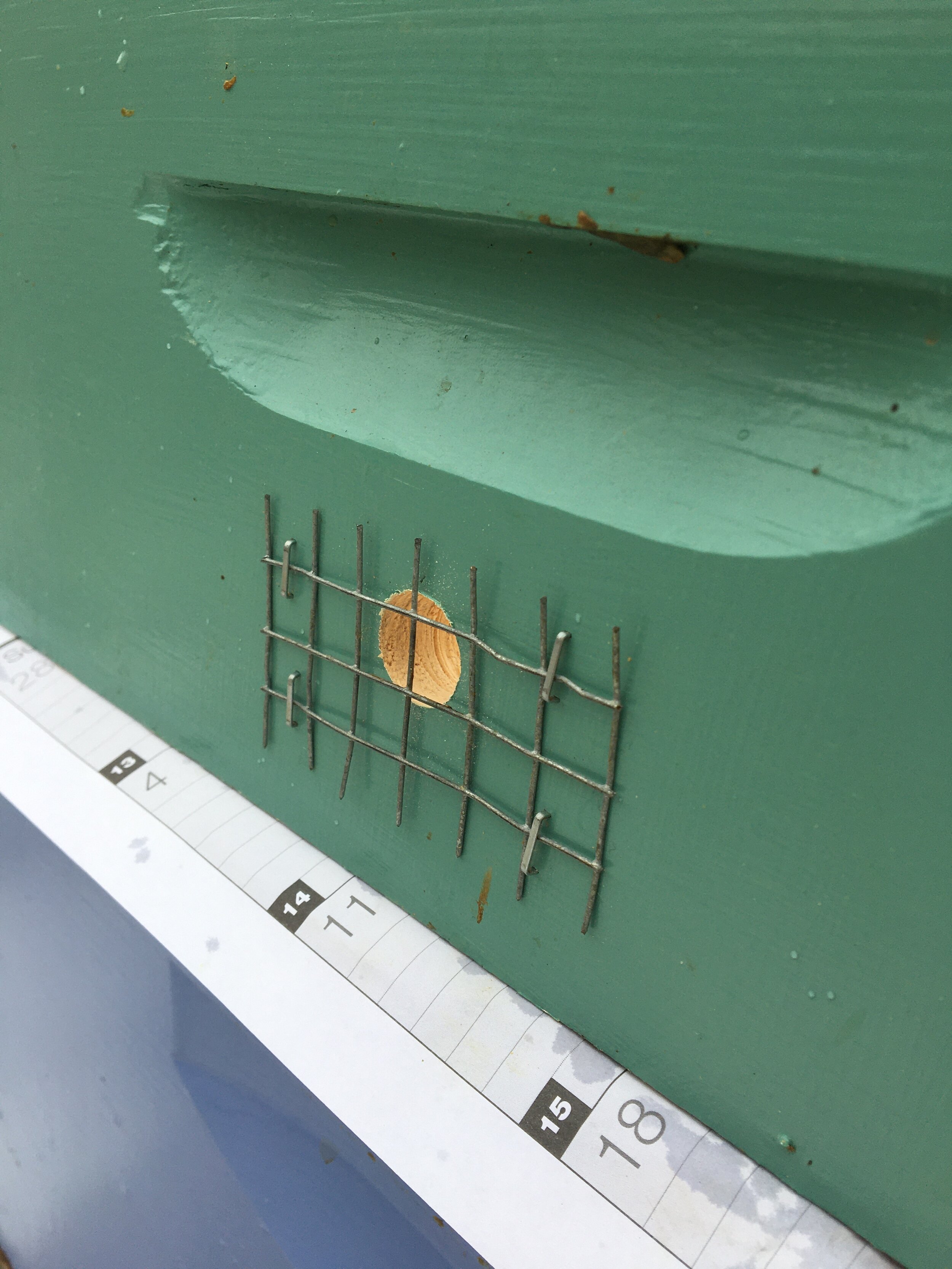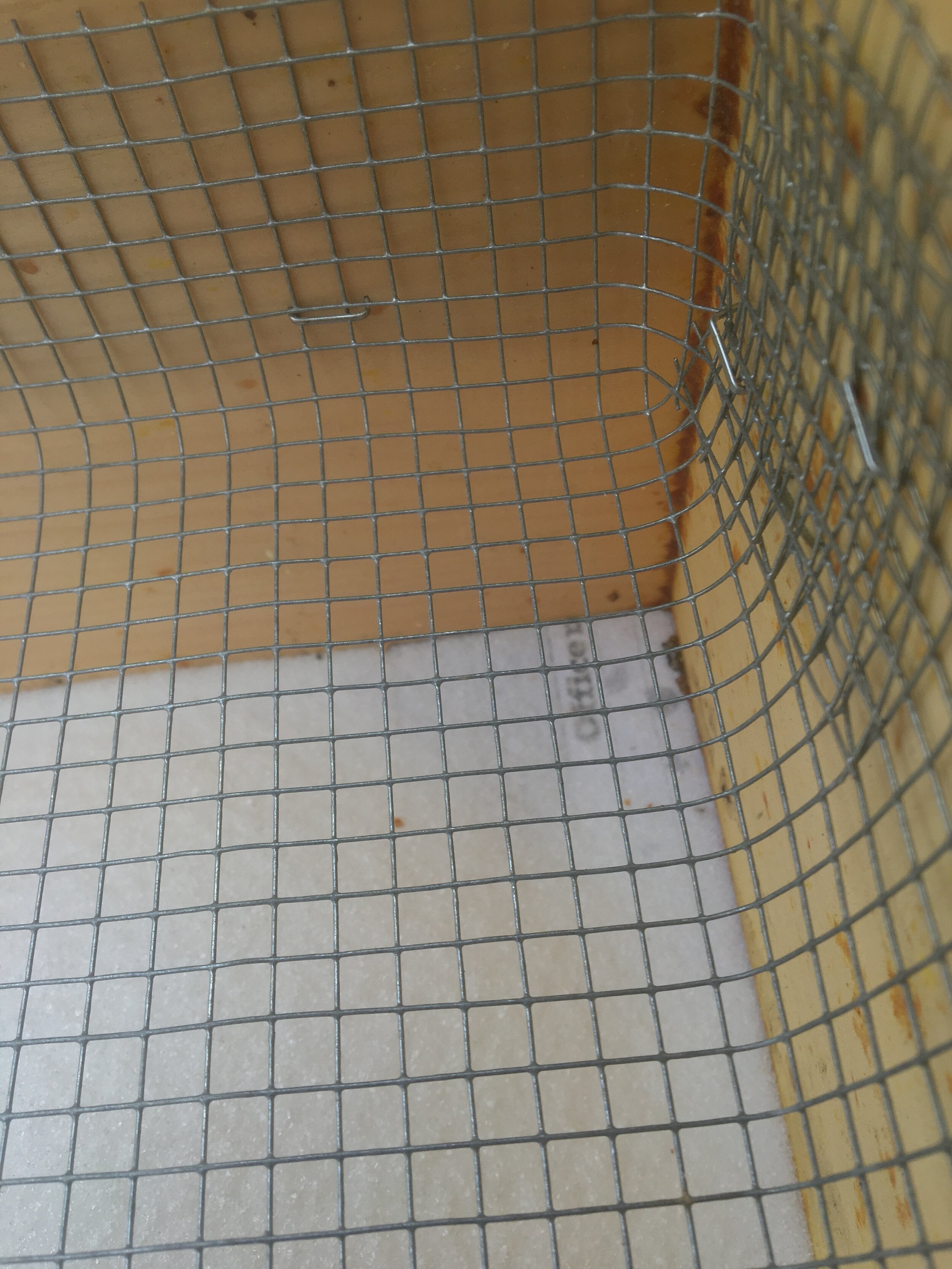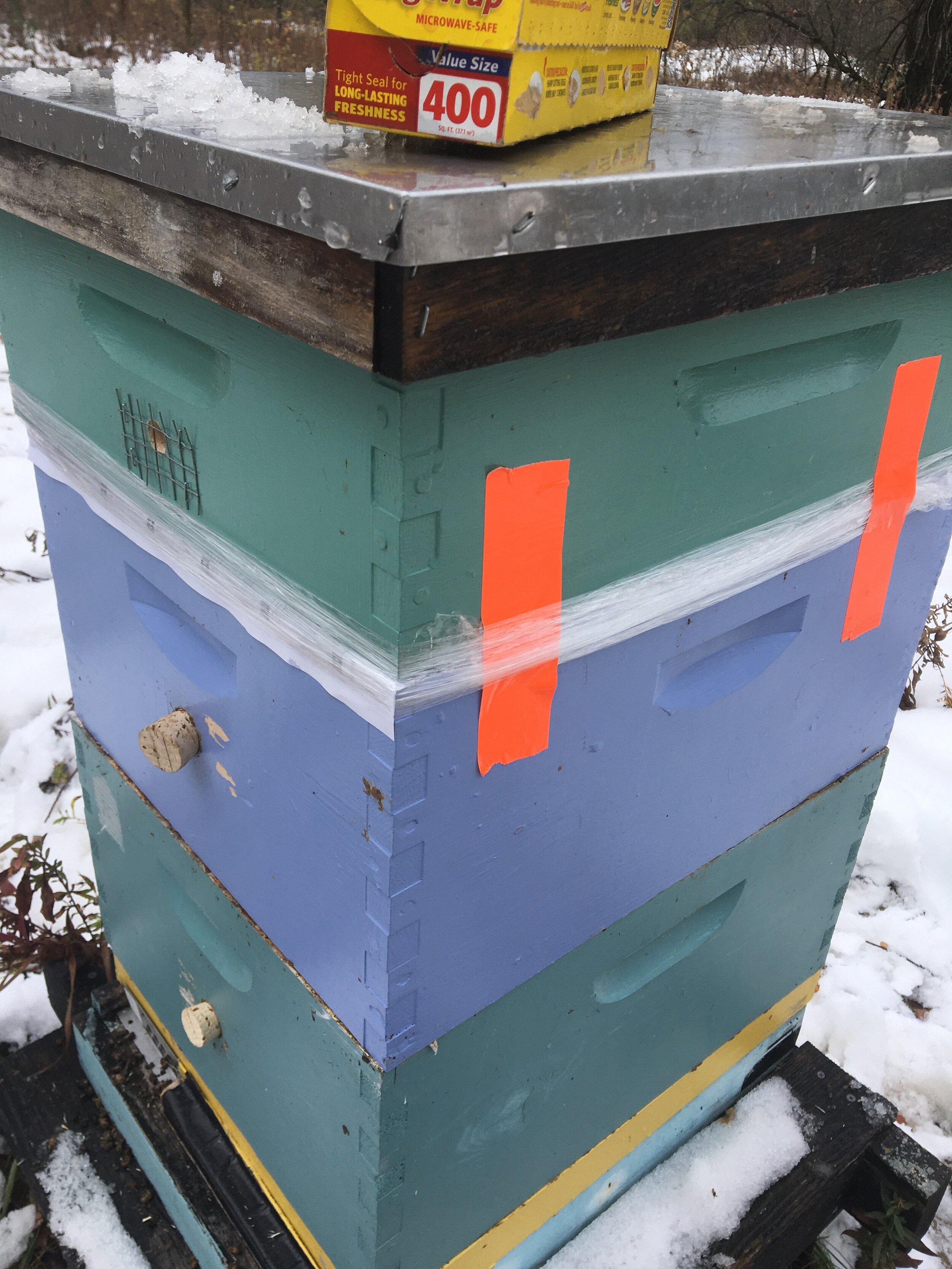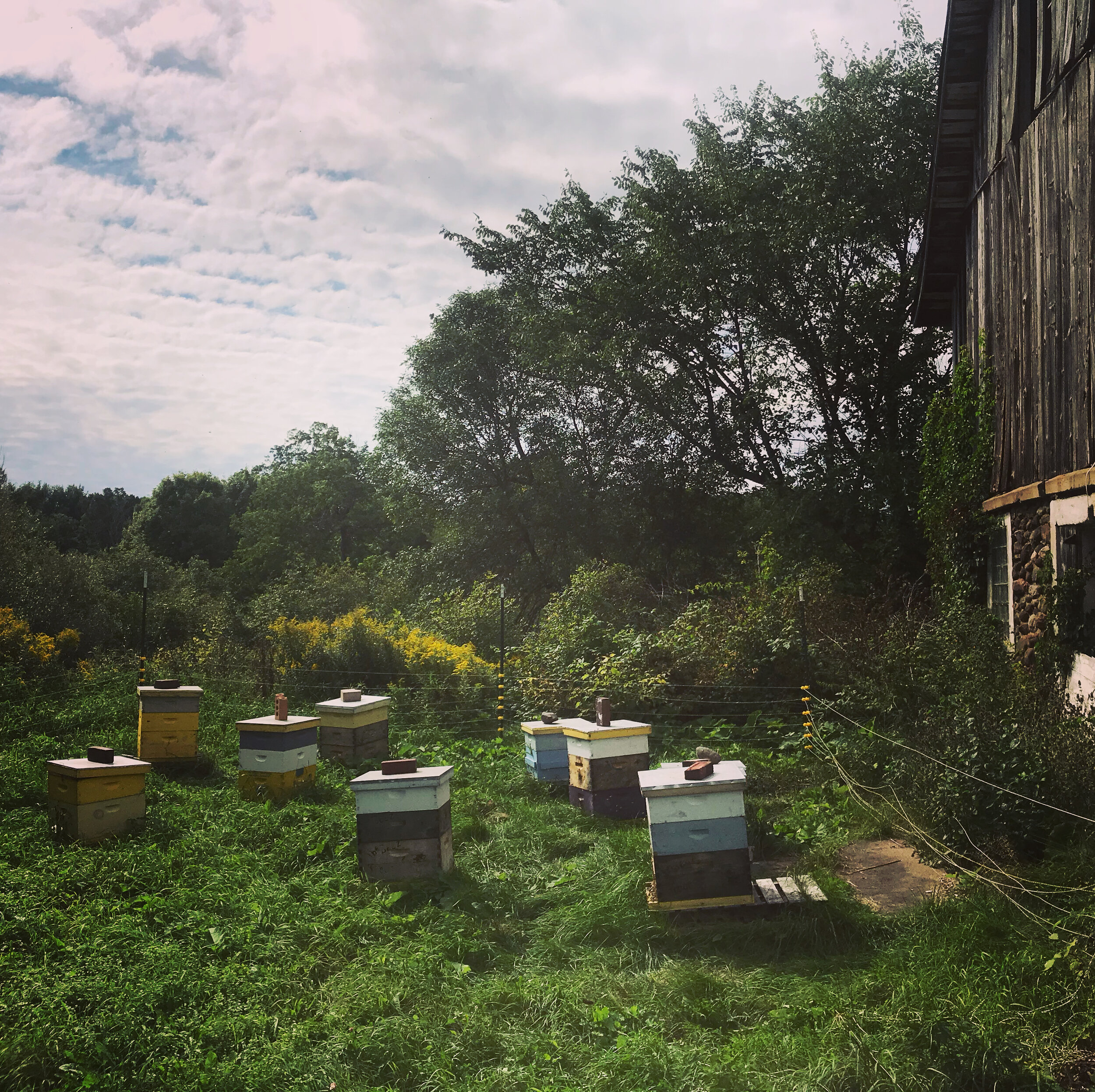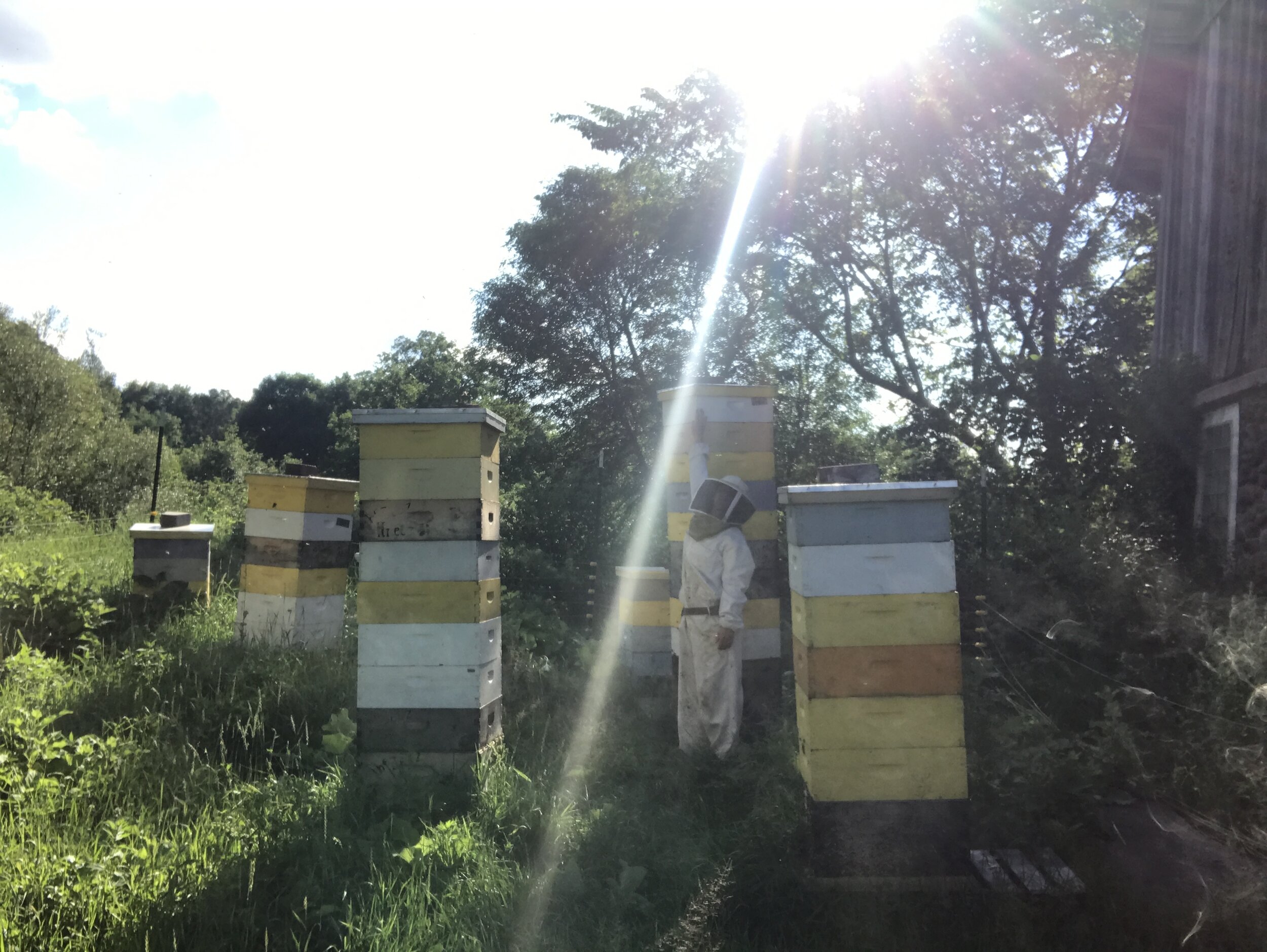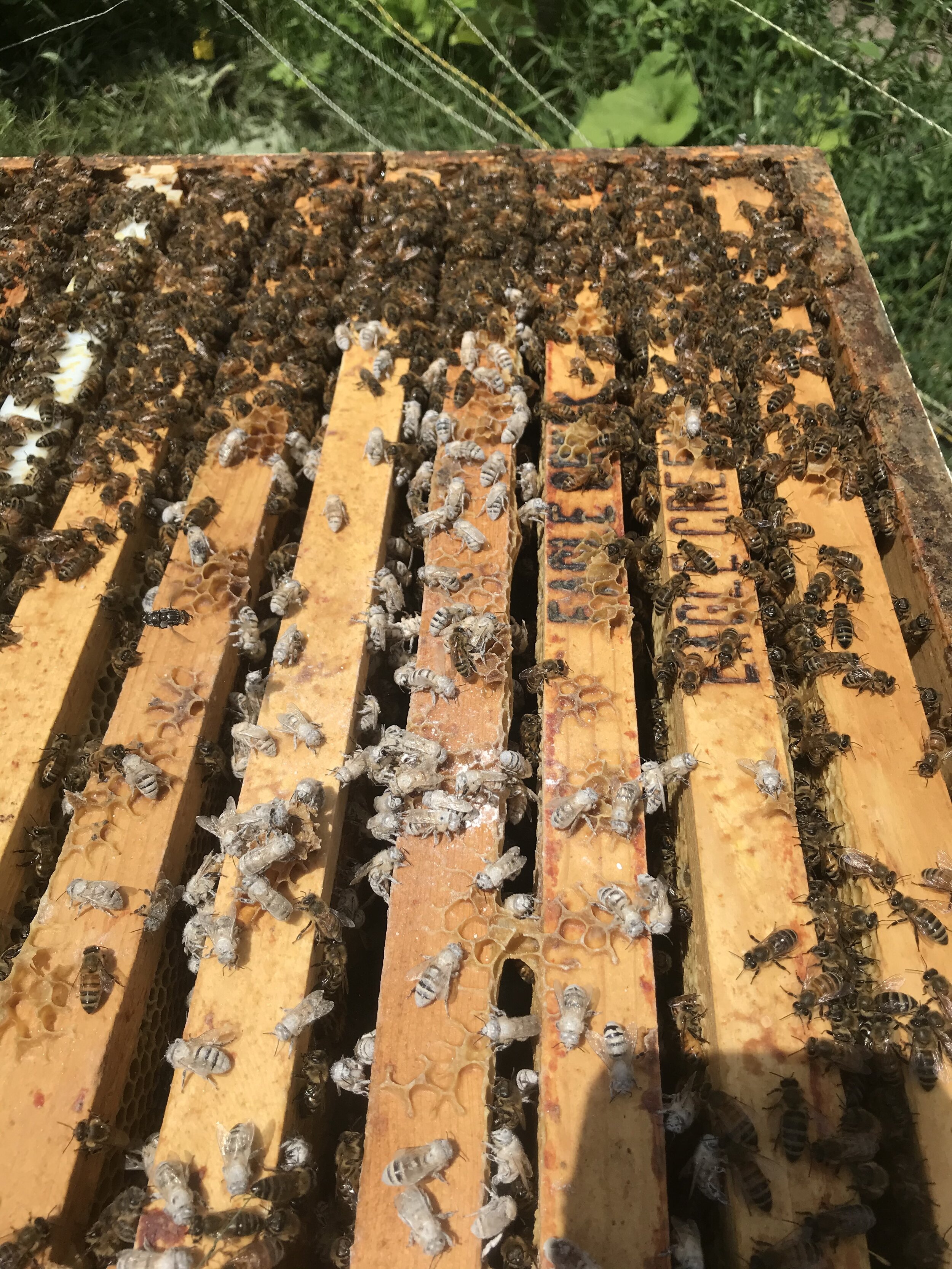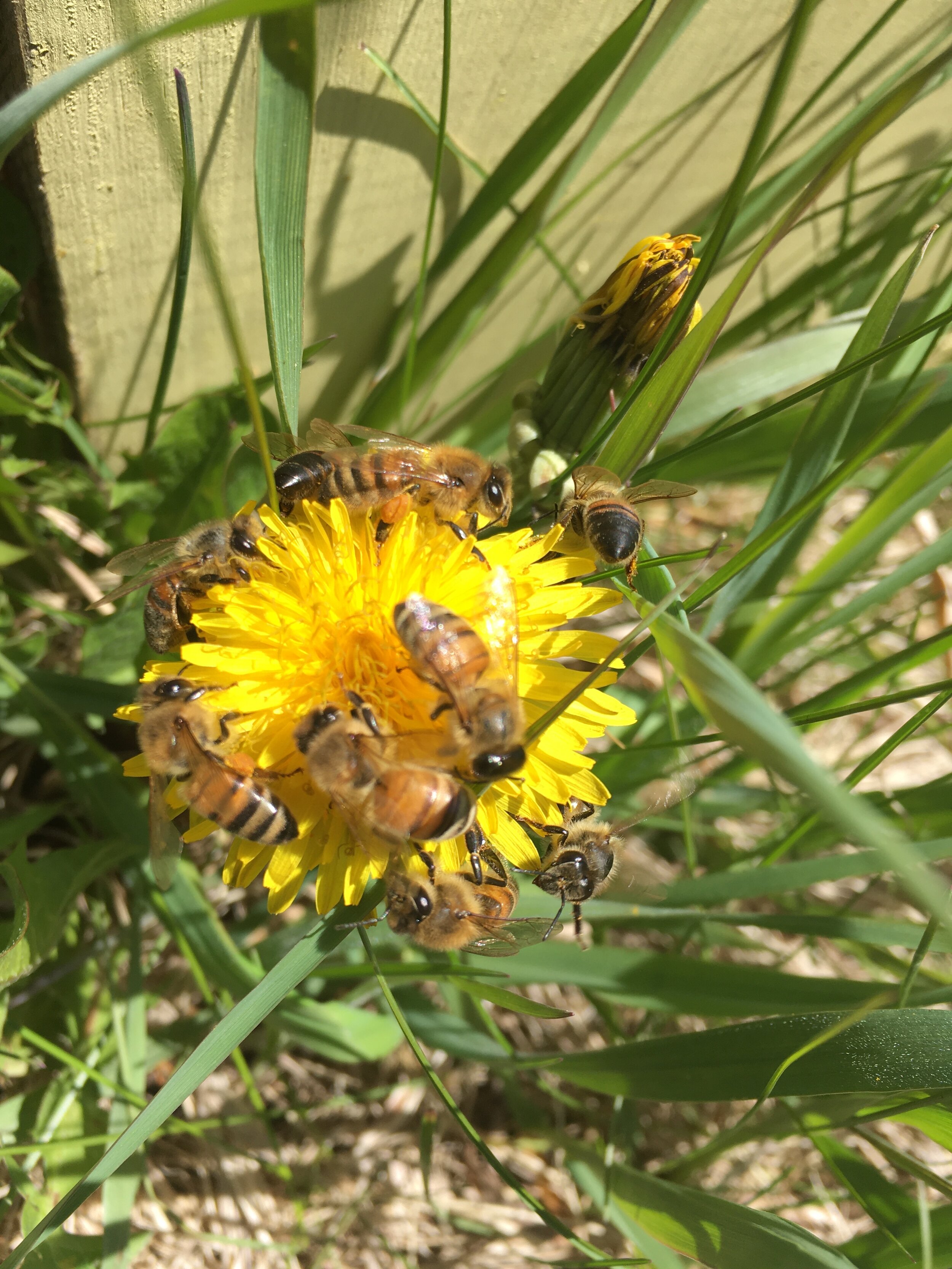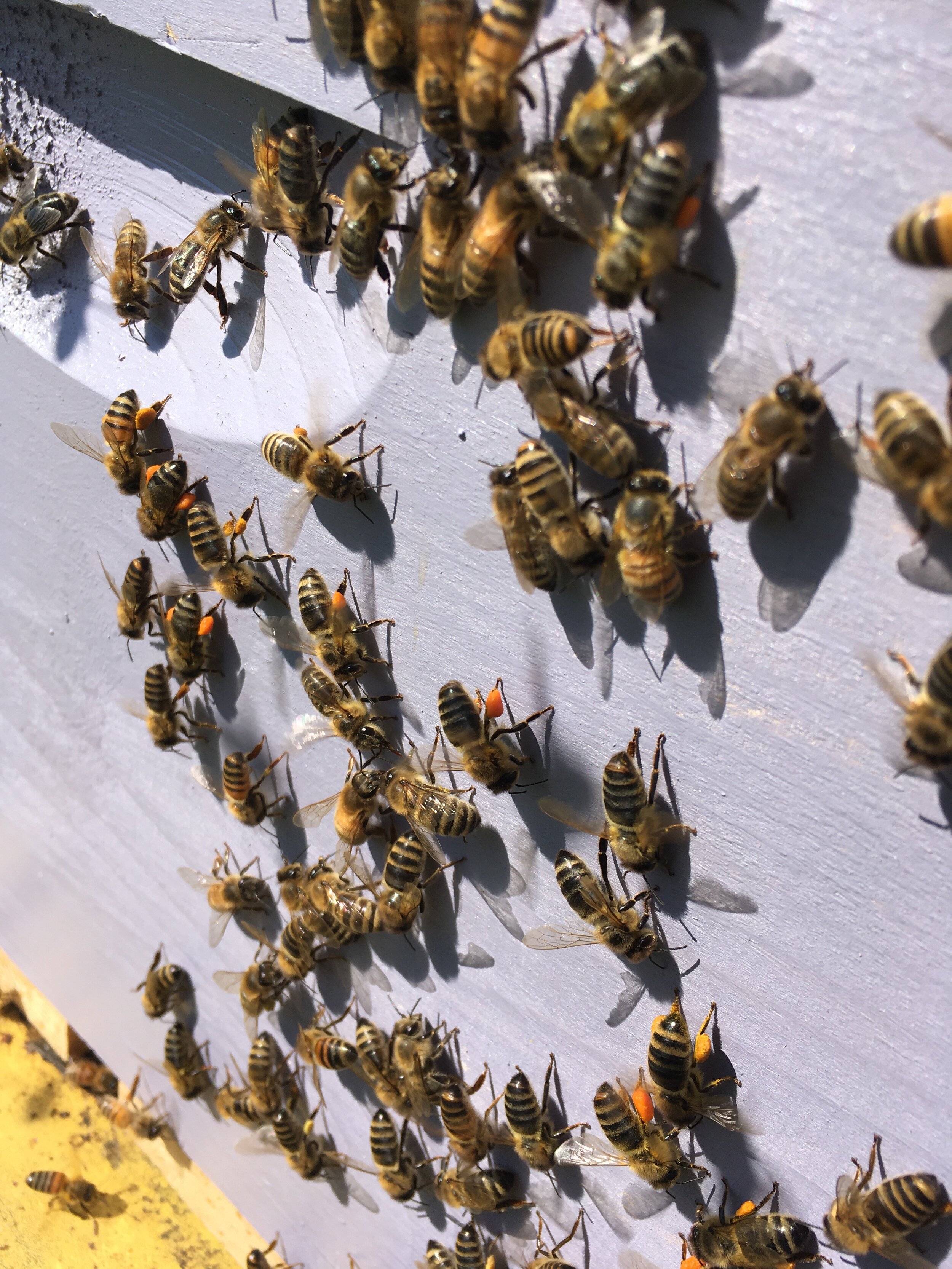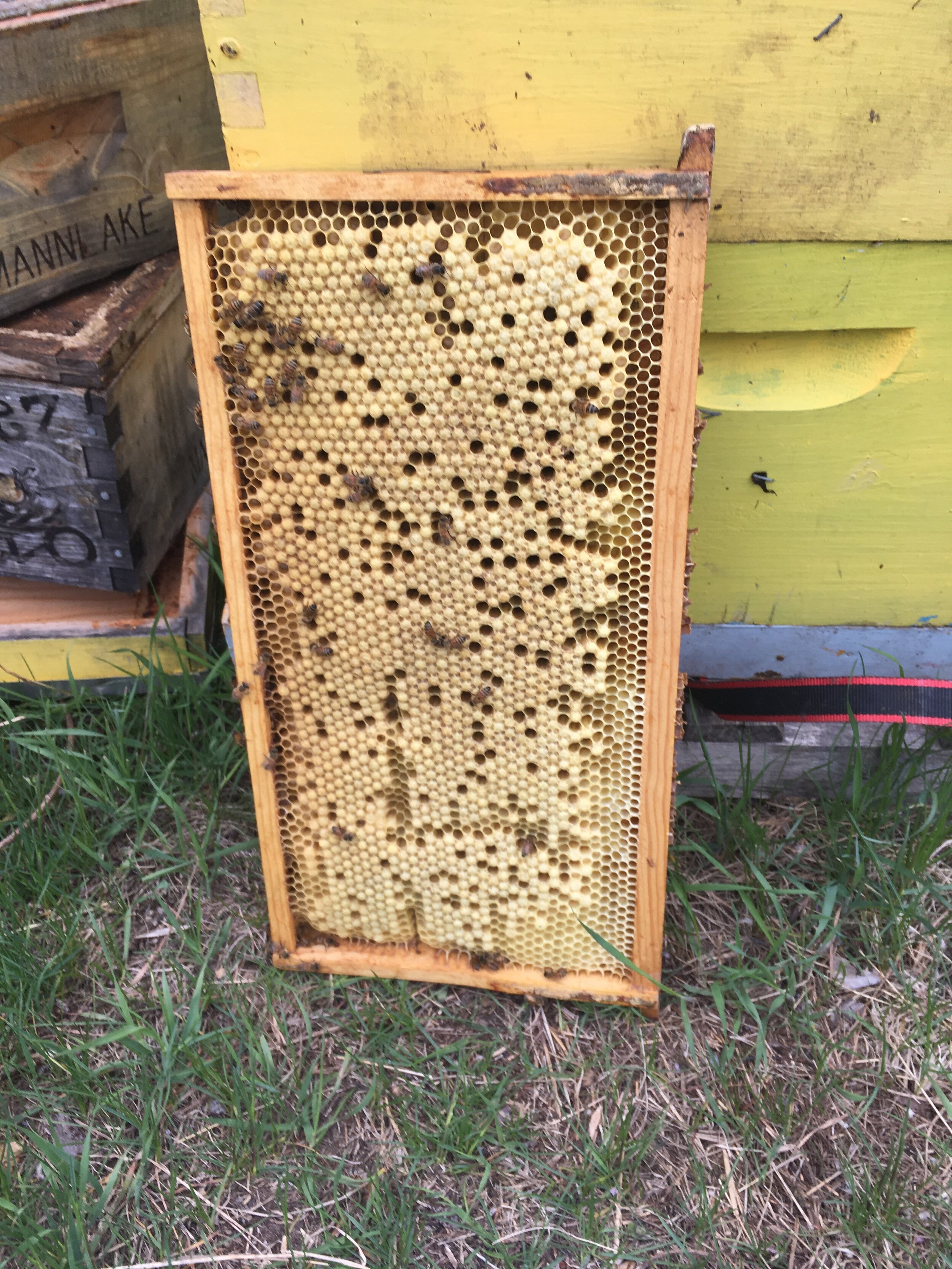The new normal = there is no Normal! 20deg. below average.-Oofdah!
It is the end of April but it feels like the beginning of March. High of 38 degrees today up here in Grantsburg, low in the 20’s at night. Oofdah. Growing up in Minnesota, talking about the weather was akin to breathing. Complaining about something we can’t control or seem to totally understand is second nature. I imagine this will only become worse as climate change teaches humans a lesson about control over natural resources. Mama nature will be holding us accountable unless we miraculously change course and she is not happy. I hear ya, mama. If only the people at the tippy top did too.
WHAT SHOULD I BEE DOING END OF APRIL OF 2022?
As a beekeeper, I probably check the weather 5 times a day. This spring, it is more like 10. I am definitely agitated and need some sunshine. My poor bee babes have only had 2 decent pollen foraging days that I have witnessed. We are running 20 degrees below average for the month of April. I won’t lie, I am worried. I normally don’t feed pollen in the spring. Looking at the forecast and knowing what I need my bees to do for me and my business in the coming weeks, I broke down and ordered some pollen patties. You may be asking if you need to do this as well. It really depends how many resources are still in your hives and what you are asking from your bees. If you open your colony on a warmer day and it looks like the hive in picture #3 up above, you probably can wait until the weather changes. I am not recommending you pull out any frames until it is in the 60’s and I don’t see that happening in the next 10 days. So to check on your bees, is the box heavy when you lift it from the back? Looking down from the top, can you see capped honey? How does the population look? If you want to make some splits and make some honey this year, adding a pollen patty in this period is my recommendation and sugar water if they are running out of honey. This advice is for over-wintered bees but if you got a package, in April, keep feeding pollen and syrup. A steady supply.
A silver lining is that this weather has giving me more time to work on projects around the farm. The picture on the right is of my partner Kyle digging holes for 10 apple trees we will plant as soon as the low is no longer in the 20’s. More food for bees. I am also working hard on a bee management plan for the coming year.
WHAT ARE THE BEES DOING END OF APRIL 2022?
In order to avoid stressing the bees too much, I have not really opened colonies to look for amount of brood. The bees are on hold, a waiting period. I imagine it will depend on the hive and breed of bee how much they are reproducing but without a lot of pollen, I am guessing they are not really expanding in earnest. Last check on the one warm day, I had lost one or two more that were small at the end of March. This is a very fragile time of year. The winter bees are supposed to carry the hive into the next generation by collecting pollen and nectar. As they raise the next generation, they need to keep the broodnest warm(p90 degrees) so small colonies struggle to do this work when the weather is swinging and staying cold. Also, they should be starting to rear drones for successful mating in late May/early June as it takes 4-5 weeks for a drone to be sexually mature. Bees don’t rear drones very well, if at all if there is not a fresh source of pollen coming in. As someone who needs to make a bunch of queens in late May-early June, this is concerning and will delay the time at which I can hand off my nucs to customers.
Cross your fingers for a swift warm up so our little ladies can get out and get the real deal. it pains me to feed substitute but alas, reality is not pretty these days.

